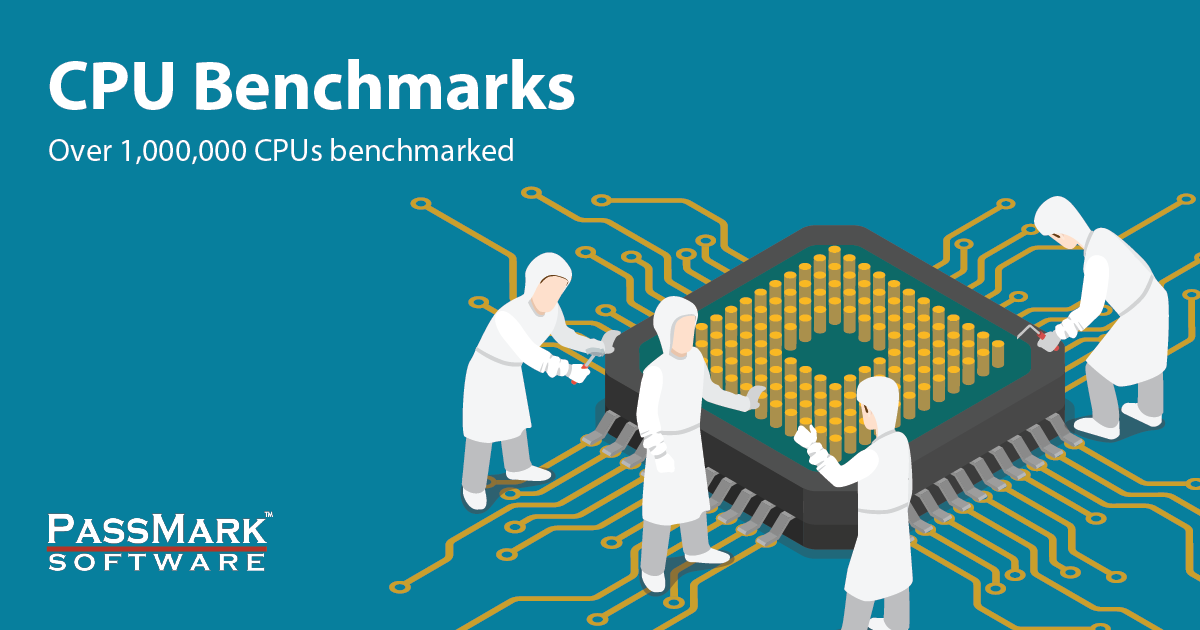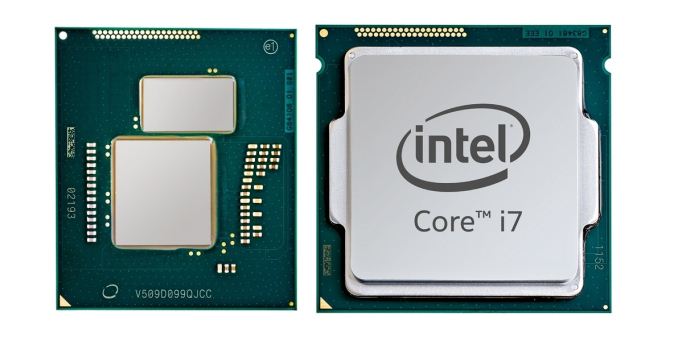Hey old timers, how have you been?
So I've got my main linux machine here that is getting a bit long in the tooth. It's been rock solid for about 6 or 7 years running an an Intel DP35DP motherboard and a 3.2GHz Core 2 Duo. Running on Kubuntu 12.04 LTS, it's finally beginning to feel slow.
I'd like to update the mobo/CPU (with on die graphics)/RAM
Since this is the most rock solid machine I've ever owned, I'd like to stick with an Intel CPU and reference board, if possible.
It looks like LGA 1150 is what all the cool kids are running nowadays. It looks like 14nm is the latest process.
So before I do anything, I have to figure out a few basics.
So I've got my main linux machine here that is getting a bit long in the tooth. It's been rock solid for about 6 or 7 years running an an Intel DP35DP motherboard and a 3.2GHz Core 2 Duo. Running on Kubuntu 12.04 LTS, it's finally beginning to feel slow.
I'd like to update the mobo/CPU (with on die graphics)/RAM
Since this is the most rock solid machine I've ever owned, I'd like to stick with an Intel CPU and reference board, if possible.
It looks like LGA 1150 is what all the cool kids are running nowadays. It looks like 14nm is the latest process.
So before I do anything, I have to figure out a few basics.
- What chipset? Intel lists their Performance Chipsets as the X99, Z97, z87, Q87, Z77 Express, z75 Express, X79 Express. It unfortunately doesn't really list the differences on their website.
- I'd like to go with 14nm, but most of the chips I'm finding on newegg, etc are larger.
- I don't know if I should go i5 or i7. I'm not trying to break the bank here, so a good i5 should do?
- It also appears that Intel has newer on die graphics - the 5500, 6000, and 6100. I'm assuming that bigger numbers are better here?




 ), then I would simply go for an i7-4770, 16GB, basic chipset such as the B85, great silent cooler (combined with underclocking/undervolting) and an SSD. Quite a bit of money but it should last you for some time.
), then I would simply go for an i7-4770, 16GB, basic chipset such as the B85, great silent cooler (combined with underclocking/undervolting) and an SSD. Quite a bit of money but it should last you for some time.

Comment